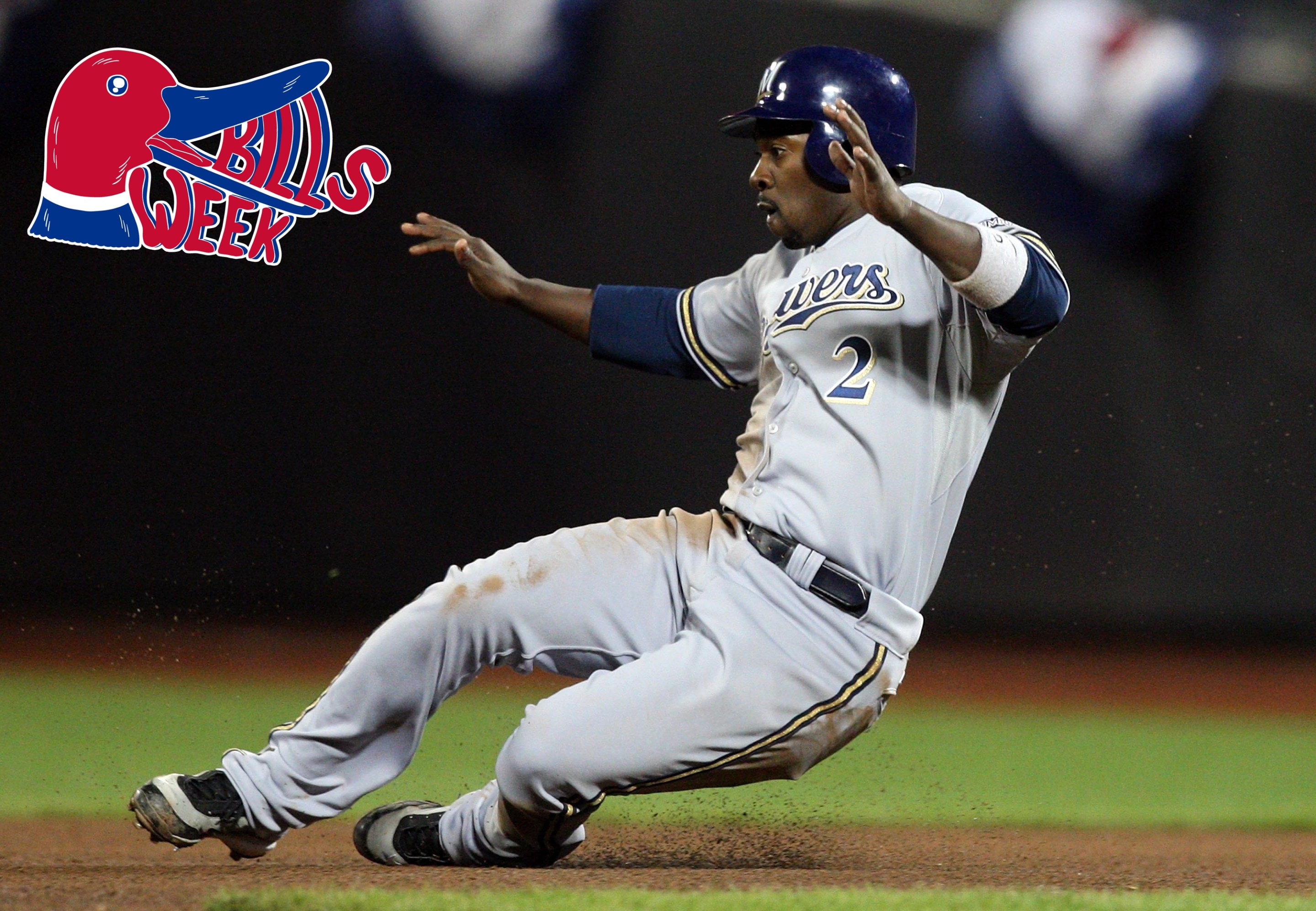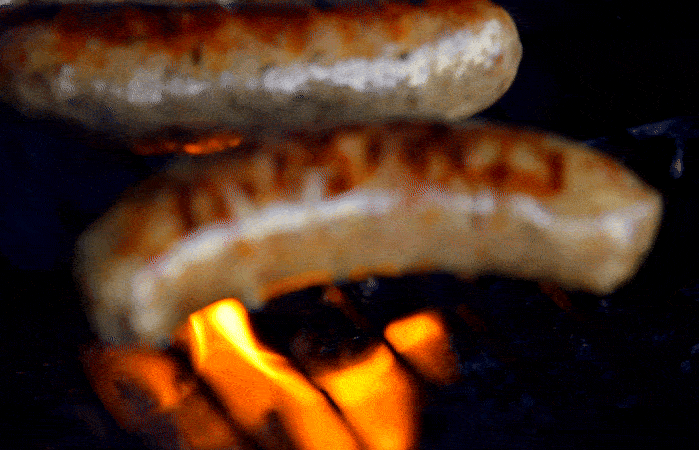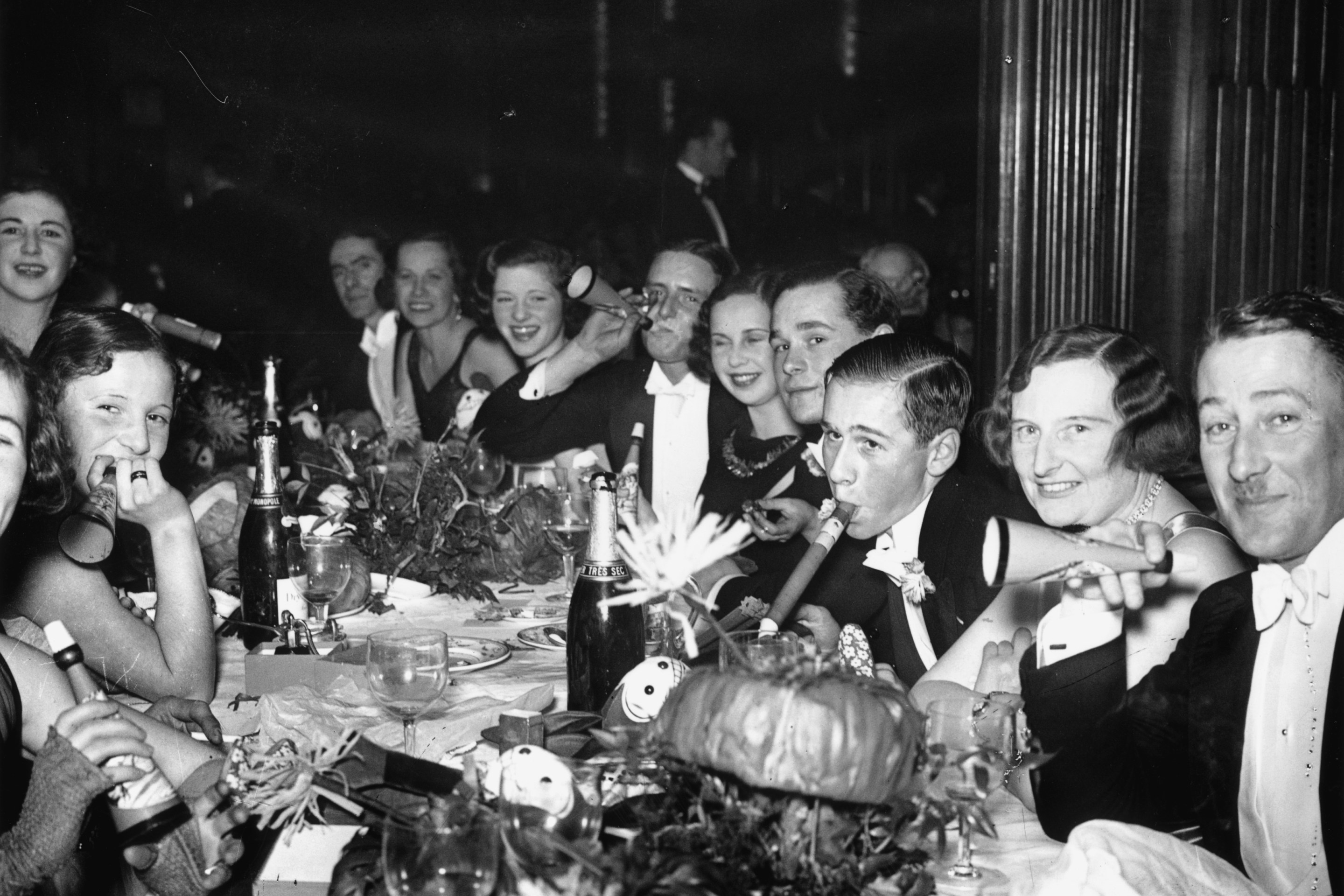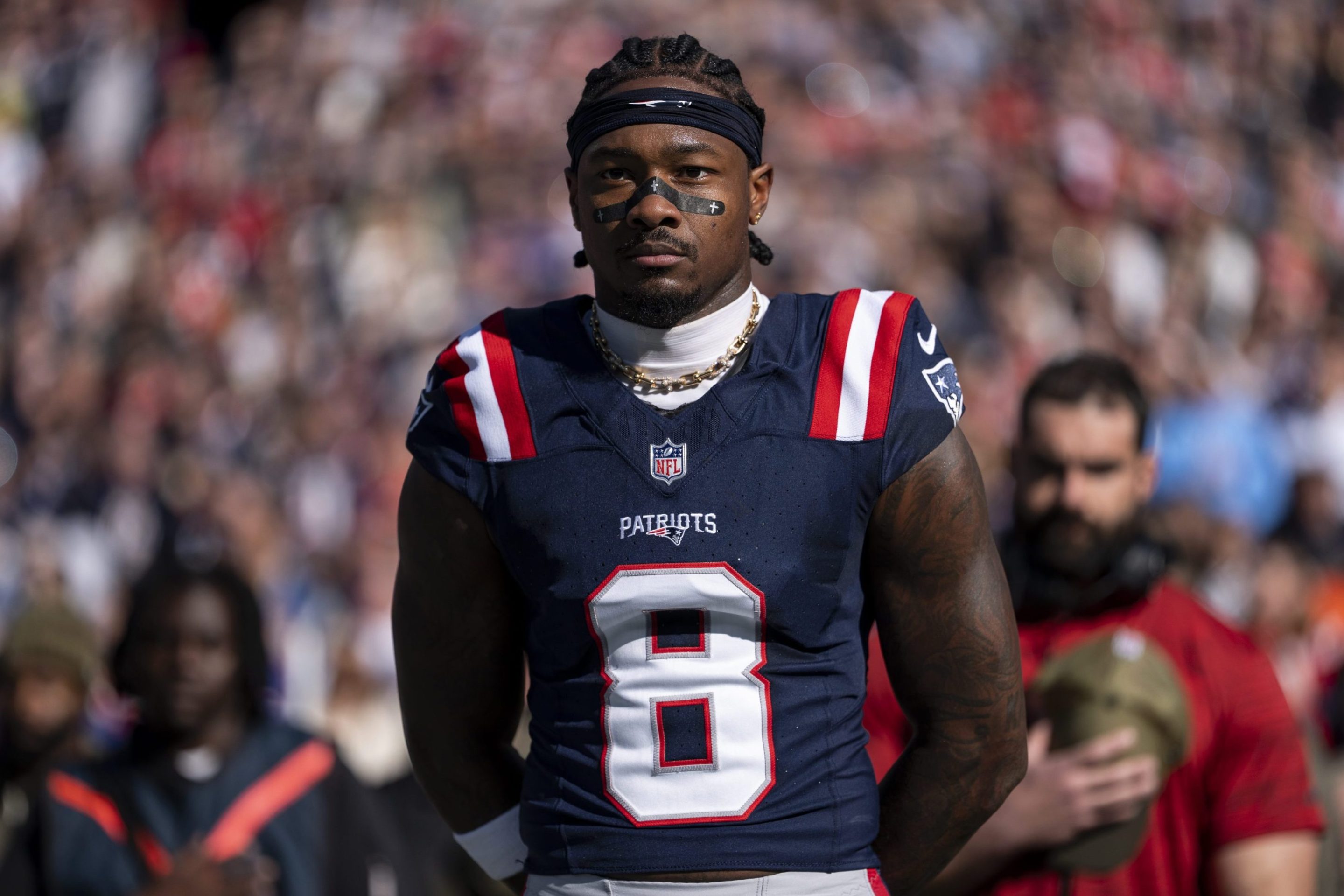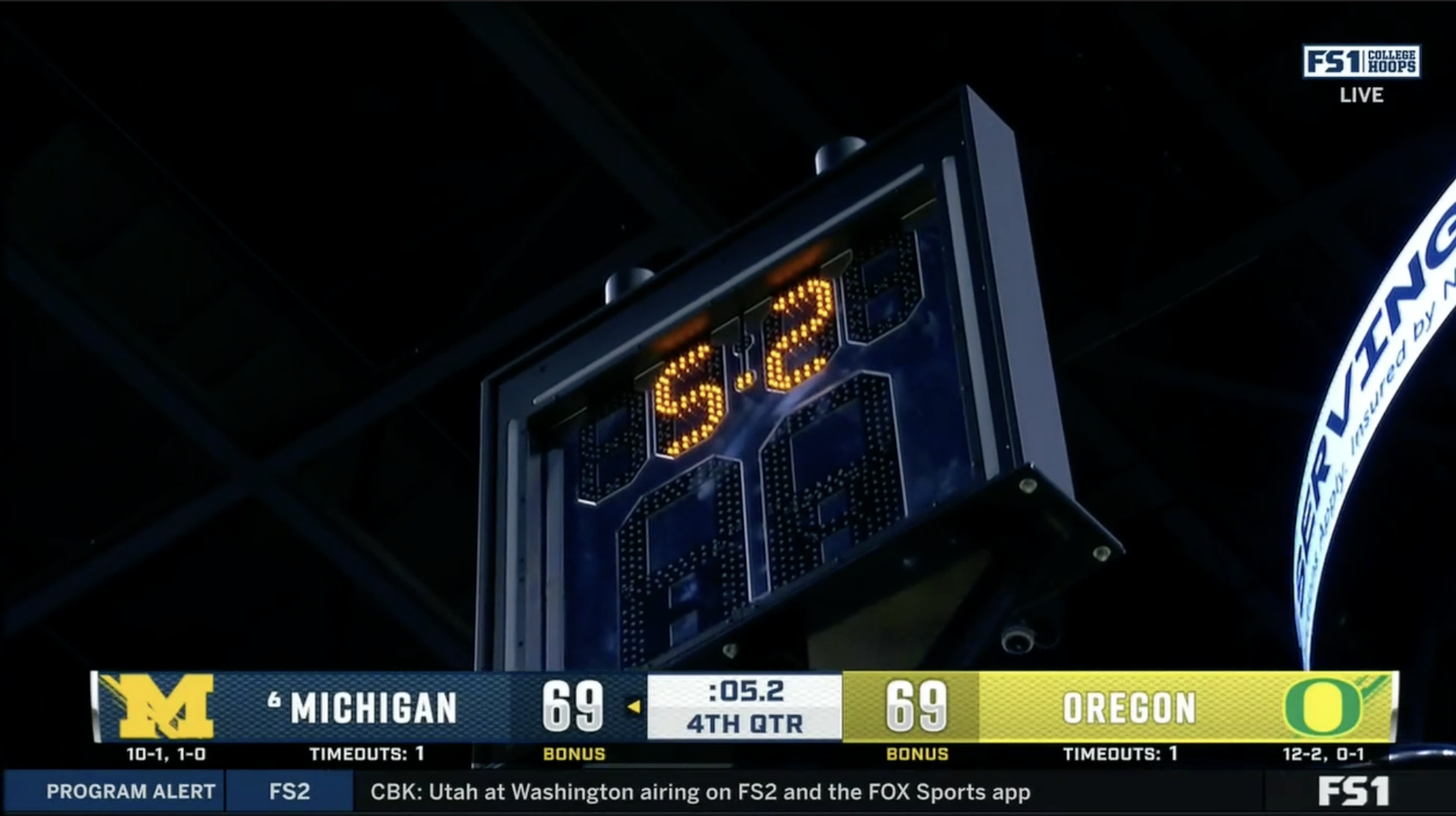At the beginning of every baseball career, everyone is pretty much guessing. From a certain perspective, the work of that career amounts to generating enough information—filling out the back of a baseball card, coloring in a Savant page, being transacted upon in the ways that baseball players are—that it can all be evaluated in the end. That is not my perspective, personally, but it is very much a purpose that baseball has served for some of those who are served in some way or another by caring about the game. A career is a career, it's a life in the sport, but it is also both an accumulation of evidence and a story told all the way through to a conclusion. They all end, and a striking number of the illustrious ones end in the same way as the more prosaic ones, with one or two or three last thwarted tries to see if that's really everything there was to find or know.
But at the beginning, no one knows very much at all. Teams drafting or signing amateur players do so based on information that, for all the ways in which the process has been smoothed and sharpened by technology over time, is necessarily incomplete. The statistics don't really mean very much; potential Major Leaguers are sufficiently different from the people they play baseball against even in college that their statistics often wind up so outsized that they're impossible to parse. This can be as true for a high school player who hits .575 against other teenagers who will never play another meaningful baseball game in their lives as it is for an SEC pitcher who gets drafted despite putting up an ERA in the mid-sevens. Teams, or anyway smarter and more ambitious teams, tune the numbers out, or just down. The other stuff is what matters.
They are looking not just for raw tools—baseball skills that are evident but so disconnected that they're stuck in a state of abstraction—but for attributes, weird little things that, even if they don't actually work, pop upon evaluation in a way that could maybe be made workable with coaching and refinement and sufficient experience. A pitcher whose fastball has been hit hard by college competition despite featuring an unusual angle or species of spin might still be of interest to a team that believes it can remake that ballplayer entirely around that angle or that spin. The work of developing a ballplayer is not just about improving isolated skills and attributes, but in connecting them. A tool is not worth much to someone who doesn't know how to get a proper grip on it. This is why it tends to take so long for even the most talented baseball players to develop—not just because baseball is so hard, although that also doesn't help, but because this apprenticeship is so specific and exacting, and because making effective use of any of those tools is so contingent on knowing how to use the others.
Like most everyone drafted as a teenager, Bill Hall was a collection of disparate tools before he became a ballplayer. The Brewers picked him in the sixth round of the 1998 MLB Draft out of Nettleton High School in Nettleton, Miss. He was the 176th pick of the draft, one unstable and unfinished collection of possibilities and attributes among others. Only a few other players selected in that round would even make the Majors, and Hall would appear in nearly a thousand more big league games than any of them. The tools that he could get to got Hall to the bigs in decently short order; he was named the top prospect at the Arizona Fall League in 2001, played in the Futures Game in 2002, and debuted with the Brewers later that year. Whether he had full command of those tools at that point is debatable, but the trade works the way it does, and his apprenticeship ended when a full-time position opened up. This bit is not a metaphor; it's just an oblique way of saying that José Hernandez got hurt. The Brewers needed someone to play shortstop and Hall, whose Triple-A slash line was .228/.272/.301, was next in line. The Brewers would lose 106 games that year.
He was not ready, but every bit of learning that Hall would do from that point on would happen in the big leagues. He played shortstop, excitingly but on balance not very well, when he was asked. He also played second, and third, and all around the outfield, and if his elite athleticism and throwing arm didn't fit perfectly into any of those roles, they always made themselves evident from one electric moment to the next. The power he'd shown in the launchpad parks of the California League, which had mostly abandoned him in the higher minors, re-emerged little by little and then all at once in the bigs. Against the best pitching anyone could face, Hall became a more patient hitter and started getting on base more—he was never that patient, and never got on base that much, but he did both better than he ever previously had, and then better than that. This is a thing that baseball players do sometimes, which takes away somewhat from how outrageously miraculous it is. Hall figured out how to use the tools that he had, separately and then together, and he became a much better and more complete baseball player in turn. In 2006, Hall hit 35 homers in 148 games, including a Mother's Day walk-off hit with a pink bat; the camera found his mother, Vergie, who had driven up from Nettleton, out of her mind with delight in the seats. The words MOTHERS DAY KING are in his Instagram bio. When the season was over, Hall signed a four-year, $24 million contract.
In 2007, Hall struggled with a new position, injured his knee and ankle, and tried to play through injuries that could not be played through. "It was all my decision," he told The Athletic in 2019. "I wanted to play and help the team. But that might have hurt me and my career a little bit. I changed my swing to compensate for the things that were going on in my body. Once you hurt something, you start using other body parts, and then hammies start to get pulled, calves start to get pulled. It starts snowballing."
This is another thing that happens to ballplayers, and it went the way it tends to go. Hall continued to move around the diamond, but the pathways that he'd carved out as a big leaguer, the connections between one isolated tool and the next, grew over. In the last good season of his career, with Boston in 2010, Hall was a different hitter than he had been in 2006. He'd found his power—Hall hit 18 homers in 119 games—but had to trade against his more refined approach to get to it. A player can only do this for so long—the margins are just narrow, for everyone—and it was already getting late. The Red Sox did not bring him back. "I was on the move then and on the move the rest of my career," Hall told The Athletic. "I never got to settle anywhere. It wasn’t easy." Hall played for two teams in 2011 and struggled; he played in seven games for a very good Orioles team the next year and hit his last big-league homer, which as I write this remains the last home run hit by a player named Bill.
When The Athletic talked to Hall in 2019, it was because he had signed a one-day contract to retire as a member of the Brewers. He was living in Nettleton, raising three daughters and teaching hitting lessons—"staying close to the game," he said, "not too close." He told The Athletic that he was happy giving hitting lessons and taking his kids to cheer competitions, but was also interested in broadcasting; he had previously appeared as himself alongside Chris Capuano and Jeff Suppan on The Young and the Restless. Hall's career had ended several times by then—the Brewers had elected him to their Wall Of Honor in 2014, after his second and final season with the independent Long Island Ducks—but this last ending was his to choose. "I was a baby when I was drafted from Mississippi," Hall said. "To be able to come back here and retire, I call it the beginning and the end."
